The people behind the product
The production and sale of wine is the number one employer in the Gironde region. 60,000 people work directly or indirectly in the sector. The activities in and around wine have a profound influence on the local economy, society and the environment. As wine tourism continues to grow, it too is drawn into this mix.
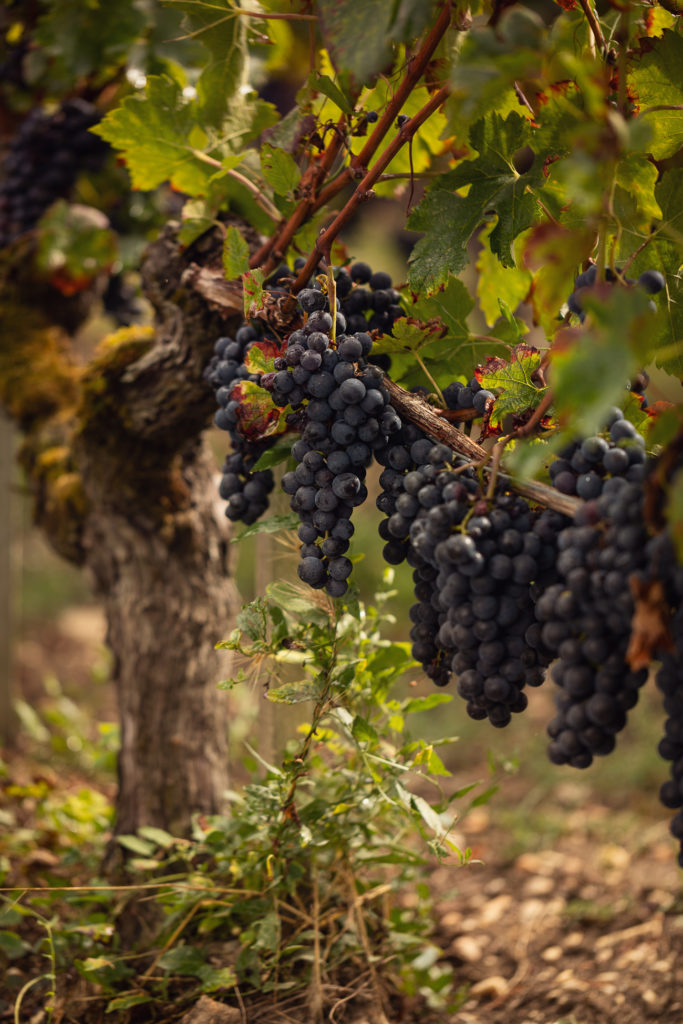
Bordeaux is well-known for its red grape varieties
Corporate Social Responsibility (CSR or RSE in French – Responsabilité Sociale des Entreprises) covers the total environment of the vineyard and winery, including all stakeholders, employees, partners, suppliers, customers, neighbours, local public authorities, visitors and even future generations. Responsibility implies accountability towards all these stakeholders.
Towards tomorrow
The CIVB (Conseil Interprofessionnel du Vin de Bordeaux – Bordeaux Wine Council) has created a certification to encourage this responsible approach: Bordeaux Cultivons Demain (Let’s cultivate tomorrow). Introduced in 2020, it is built on the ISO 26000 standard
In 2019, a pilot group of 28 companies tested the concept and December 2021 saw the first certifications awarded to 13 companies. Wine merchants Castel Bordeaux, Grands Chais de France, Jules Lebègue, and Maison Johanès Boubée and wineries Château de La Dauphine, Château de la Rivière, Château Lagrange, Château Lapelletrie, Château Luchey-Halde, Château Rauzan-Ségla, Famille Ducourt, Vignobles Rousseau and Vignobles André Lurton.
Now over 100 companies have already signed up and 56 have been certified. The aim is to get all 7000 Bordeaux wine actors engaged towards the certification by 2025.
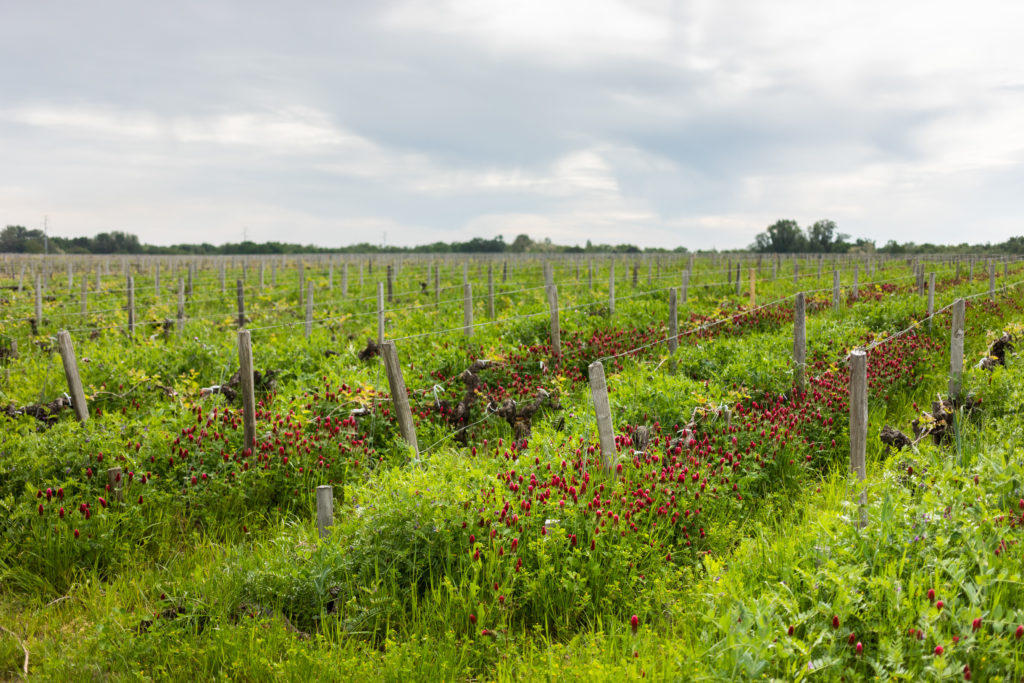
Source : Château Giscours
Bordeaux Cultivons Demain highlights
- The health and safety of workers and the quality of the work environment, including training, professional and talent development, supporting equality and diversity.
- Increasing the attractivity of the region and the industry, broadening the reach of the industry, promoting the culture of wine, encouraging responsible purchasing through the supply chain, making the sector’s practices and commitments better known to the inhabitants of the region, encouraging recruitment, etc.
- Communication, making it clear that the wine sector is innovative, investing in R&D, promoting responsible consumption, product transparency from the vine to the consumer, wine tourism, etc.
Each participating company develops their own ways of rising to these challenges. There’s an intimate connection to the more traditional approach to sustainability. Initiatives that preserve and respect the environment often have a social impact, they create safer and better working conditions and visitor experiences. For example, planting hedges and creating wildlife refuges to promote biodiversity creates a more pleasant local environment for workers, neighbours and tourists.
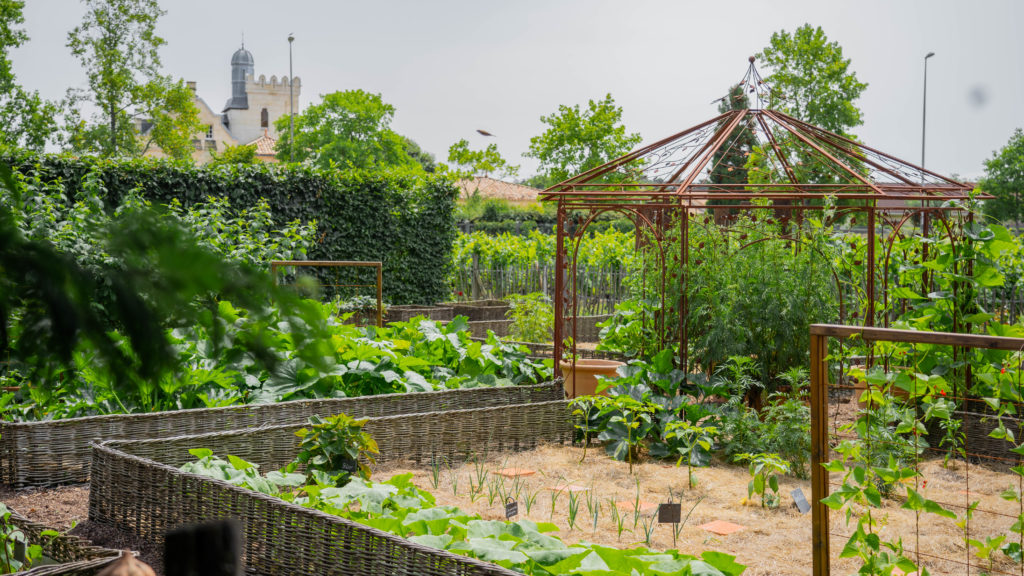
Source : Château Pape Clément
The kitchen gardens at Château Giscours and Château Phelan Segur are great for biodiversity, but employees get to enjoy the fresh veg and guests, the farm-to-table experience. Locals love seeing sheep in the vines and the bees from the chateaux hives pollinate the neighbours’ flowers.
Talking of flowers, the flower garden at Château Brown is both an environmental and social initiative. It started with horticulturalist Pauline Rival who belongs to the social “Collectif de la Fleur Française”, which aims to make flower production local, and responsible and employ local people. Beautiful, biodiverse and social.
Attracting a younger audience in wine tourism
Environmental initiatives make the wine sector exciting and attractive, especially to younger people. Wine tourism attracts candidates with broader skill sets, and tourists see innovation in action. Winemaking doesn’t have a high-tech image and doesn’t always attract younger workers. It is in fact innovative, in both natural and environmental science, the biochemistry of wine making and ageing, carbon capture, packaging marketing and communication are all skills young people have and the wine industry needs.
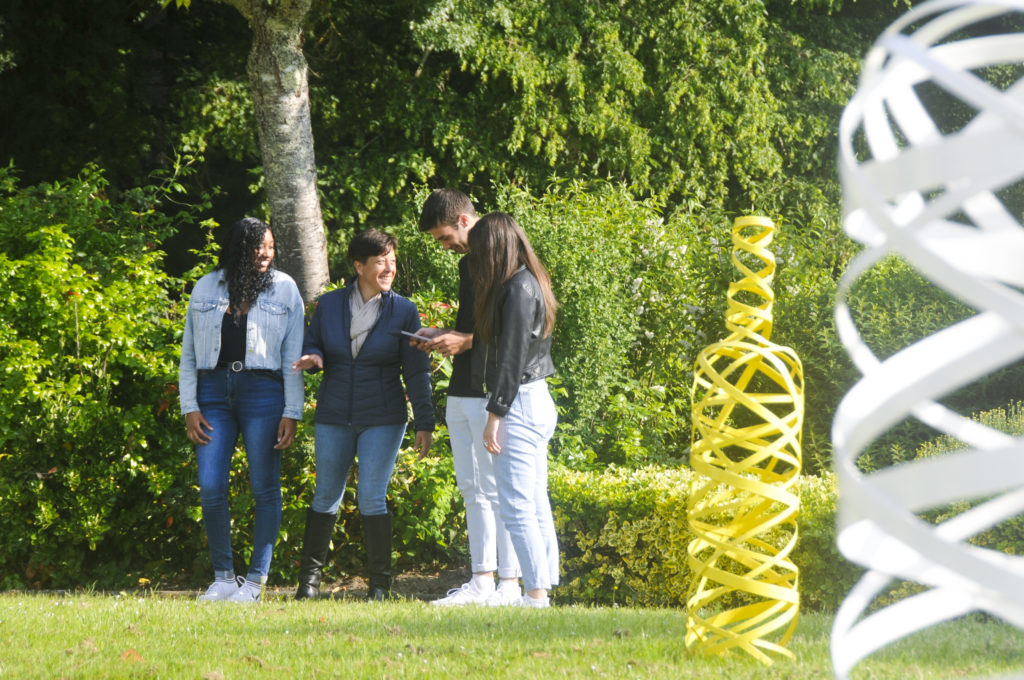
Source : Château Castera
Cap Metiers have been working with the Bordeaux Cultivons Demain initiative to encourage young people to discover and engage with the wine business, creating virtual, interactive tools to bring them into the world of wine. 360 immersive videos take visitors into cellars and vineyards. They have gamified the management of a vineyard during the seasons and there is even an escape game to find someone apt to inherit a vineyard!
Open communication
Successful communication is about creating a dialogue between châteaux and employees, consumers, suppliers, stakeholders, neighbours and tourists. It is the key to many of the issues addressed in a CSR strategy. Consumers with questions and complaints can be a great source of inspiration rather than a source of irritation.
Good neighbours
The vineyards of Bordeaux are intimately connected with the local population. 108,000 of the 900,000 ha in the region are under vine. The networks of towns and villages in and around vineyards means continued communication with the neighbours is important, especially around vineyard treatments.
There’s a legal obligation to communicate before any treatments organic or otherwise, are used in the vines. There’s a distance to respect that varies as a function of the product being used and an obligation not to spray in school hours. Since spring 2021 the BVE 33 App (“Bien vivre Ensemble”, or “Living well together”) tells neighbours and walkers when spraying has been carried out or is in progress.
Regional wine organisations have created ‘good neighbours’ charters with local councils and the CIVB has created an atlas showing which plots of each vineyard are close to schools, kindergartens and hospitals.
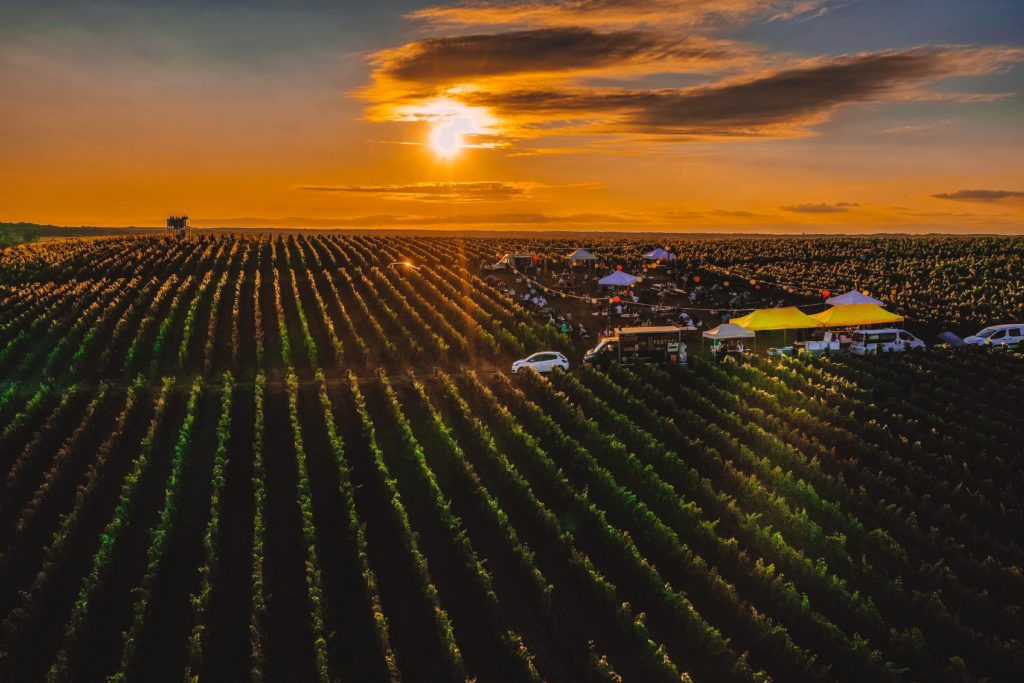
Source : Château La Tour Blanche
Wine tourism is not only for foreign visitors, it’s the perfect opportunity to open the doors to the neighbours to create closer connections through art and music festivals, afterworks, farmers markets with local producers, restaurants, bars, guest rooms and gites and inviting local school children to visit and learn about the properties.
Château Paloumey and Château d’Arsac are amongst many vineyards that open their world to primary school pupils. Paloumey cultivates a plot specifically so the children can come and experience viticulture, to increase understanding and respect for the role of viticulture in the community and who knows, inspire future vocations.
Château Luchey Halde is part of the University of Bordeaux Science Agro BSA and is unique in that it is in an urban setting, saved from the urban sprawl across the northern Graves in the 1970s. It was then a military training centre and was never built upon. Working with the local Town hall they are creating a market garden on land made available by both the property and municipality. Produce will be used by canteens in local nurseries and schools. It’s an economically profitable and environmentally responsible model of urban agriculture and also gives BSA students a living laboratory to study agroecological solutions for minimum environmental impact.
High tech traceability
Château de la Dauphine in Fronsac is in partnership with Carrefour Group, Caves de Rauzan and Terre de Vignerons, to create a blockchain for a Carrefour Organic wine. Through a QR code on the bottle, the consumer can access information on the winegrowers who grew the grapes and the cooperative cellars that made the wine. An initiative that communicates with the consumer and empowers their partners through the supply chain.
Going Global
1% for the Planet has a different approach, it challenges companies to donate 1% of their turnover (not profit) to environmental philanthropy. 1000 French companies currently participate in the initiative. In Bordeaux, Pierre Jean Larraqué vineyards is signed up. They own and run three Bordeaux vineyards but also source wine across 57 appellations of the region for export. Domaine Bonabaud in Blaye, also HVE 3, donates as does ethical wine merchant Ethic Drinks who source wines across France to blend and bottle in Bordeaux.
Not exactly wine, but related, is the cosmetic company Caudalie which also contributes. Their products are based on wine extracts and saw the light of day in Bordeaux at Château Smith Haut Lafitte.

Source : 1% for the Planet
HISA, the Bordeaux environmental NGO, that helps Bordeaux vineyards increase their biodiversity, are one of the recipients that 1% of contributors can choose to receive their donations. Their projects include Château Lestrille, Vignobles Fayat and Château Clinet.
These CSR initiatives are as exciting as they are diverse, offering opportunities to pursue economic performance but not at the expense of social or environmental impact. Developing a durable and responsible model, making great wines, promoting responsible consumption, preserving and developing the heritage of Bordeaux wine whilst looking after the people behind the product. Bordeaux is definitely rising to the challenge.
Wendy NARBY